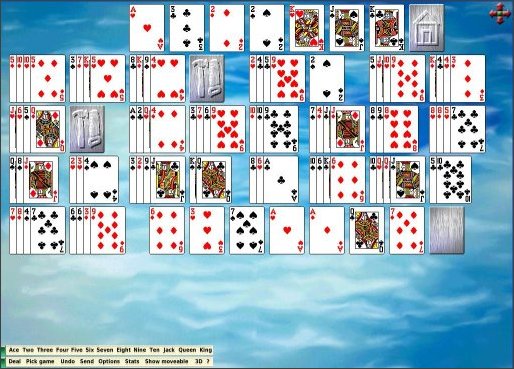

As soon as this button is pressed, your calculator will get to work drawing your equations on the graph screen! To change the equations you entered, just press the button again. When you have finished entering the equations, press the button.If the vertical line drawn across at anywhere of the graph intersects the graph at most once, we decide the given graph represents the function. If we want to check whether the graph is a function or not we use the concept called vertical line test. To clear the equations you entered, press, scroll to the equation you want to delete. If the slope of f (x) is positive, then the graph of f’ (x) will be above the x-axis. What do you notice about each pair? If the slope of f (x) is negative, then the graph of f’ (x) will be below the x-axis. The top graph is the original function, f (x), and the bottom graph is the derivative, f’ (x). Find the vertical asymptotes by setting the denominator equal to zero and solving. Remember that the y y -intercept is given by (0,f (0)) ( 0, f ( 0)) and we find the x x -intercepts by setting the numerator equal to zero and solving. Process for Graphing a Rational Function.Share answered at 12:55 VICKY 66 4 Add a comment 0 Project the graph onto the y -axis and see whether the projection is the whole codomain (=surjective) or a propert part of it (=not surjective) Share If all line parallel to X-axis ( assuming codomain is whole Y axis) intersect with graph then function is surjective. So, the domain on a graph is all the input values shown on the. We know that the domain of a function is the set of all input values. That is, the range of the function is the set of all real numbers. Example: For the function \(f(x)=\log x\), the image takes up the values from \(-\infty\) to \(+\infty\).The function g is related to one of the parent functions (Select all that apply.) reflection in the y-axis horizontal shift of 1 unit left horizontal shift of 1 unit right vertical shift of 5 units upward vertical shift of 5 units downward(c) Sketch the graph of g.Give reason for your answers concerning each graph. Question 1 : Determine whether the graph given below represent functions. , which turns into, How to Tell If a Graph Represents a Function HOW TO TELL IF A GRAPH REPRESENTS A FUNCTION Vertical Line Test A curve drawn in a graph represents a function, if every vertical line intersects the curve in at most one point. The integral of will be using the power rule. The integral of is since you must apply for the chain rule of the. Possible Answers: Correct answer: Explanation: Since the functions are added together, we can take each one seperately and add the results together. However, it is easy to conclude whether the given graph is of a continuous or discontinuous function. For the example 2 (given above), we can draw the graph as given below: In this graph, we can clearly see that the function is not continuous at x = 1. We can represent the continuous function using graphs. Is this graph a function? Is this graph a function? Continuous Function Graph. A graph (or set of points) in the plane is a FUNCTION if no vertical line contains more than one of its points.If the vertical line touches the graph at more than one point, then the graph is not a. If a vertical line is moved across the graph and, at any time, touches the graph at only one point, then the graph is a function. How do you know if a graph is a function? Use the vertical line test to determine whether or not a graph represents a function. Every point on a function with Cartesian coordinates (x, y) becomes the point (y, x) on the inverse function: the coordinates are swapped around. If the function is plotted as y = f (x), we can reflect it in the line y = x to plot the inverse function y = f−1(x). A function and its inverse function can be plotted on a graph.


 0 kommentar(er)
0 kommentar(er)
